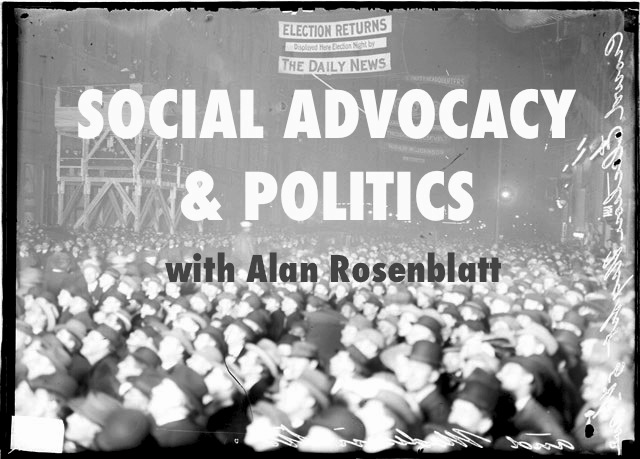
Social media coverage of the unfolding events in Ferguson, MO continues to shine a light on real-time, unfiltered news reporting from both professional and citizen journalists. There was a time when the defenders of professional journalism would denigrate the citizen journalist as lacking in ethics, objectivity and, sometimes, even veracity. But those criticisms have lost some credibility since “weapons of mass destruction,” Jason Blair, Judith Miller and, more recently, the mis-identification of the Boston Marathon bomber smeared professional journalism with the taint of inaccuracy and fraud.
As reports, photos and video clips flow from Ferguson in real-time, it is more important than ever that people have fully developed web, media and information literacy skills in order to identify which reports are credible and which are not. When you see breaking news on social media, even if it is from an established news organization, you have to look for corroboration before you accept it as true. And be sure that your corroboration is not just another source citing the same original source.
Even videos and pictures can be misleading. We cannot rest easy just because visual evidence is provided in social posts. Pictures and videos can be deceiving. Take, for example, reports that Pro-Russian rebels used a Russian missile launcher that they rolled into Ukraine to shoot down MH17, which they then rolled back into Russian. The photo shared as evidence for this claim was debunked because it was taken last March in a different city (based on the ad in the billboard).
The bottom line is that reports of breaking news on social media should be a trigger to find corroborating evidence and not be taken as the final word. Especially for fast moving stories, such as the police killing Mike Brown in Ferguson, the reports coming across the transom from many sources are not all credible and unbiased.
And even when looking at reputable sources, you still have to ask questions about what you are seeing. Take this photo from the New York Times, for example. We see militarized police bearing down on an unarmed man with his hands raised. On the face of it, it looks disproportional. But we have no idea what is behind the unarmed man or what is happening behind the police. This could be a picture in the center of a violent riot that is taking place just beyond the edge of the photo. Or it could be the isolated image it appears to be. But the meaning is vastly different depending on which is the underlying truth.
“Seeing might be believing,” but seeing a photo is not the same thing as seeing events unfold in person. The eye of the camera, and to some extent the “eye” of a tweet, is a snapshot out of context. Being literate when it comes to information and media presented via social media takes a bit of skepticism, sense of perspective and research. Without that, people might as well believe everything they read and see on Twitter. And we know that is a bad idea.
I am not saying that social media is a bad place to get your news… far from it. I am saying it is a great place to get your news, but you have to exercise caution, exercise your mind and make sure what you see there can be believed before you take it for fact.

